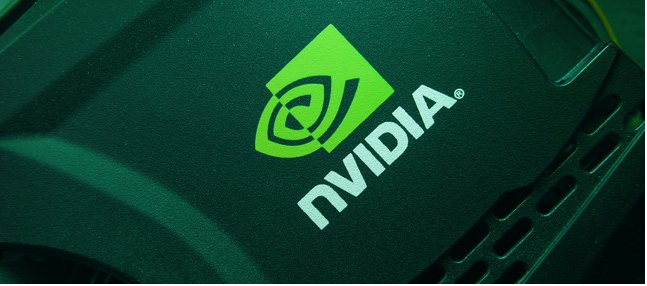Nvidia has just released its financial results for the fourth quarter and the full year, showing a contraction compared to previous years. All results in line with expectations, which despite everything put the company in a position of tranquility, especially in relation to earnings.
Last year in the same period, Nvidia reported revenues of $7.64 billion, which included $3 billion in pure profit. For the fourth quarter of fiscal year 2023, forecasts spoke of 6 billion in quarterly revenues, and fortunately expectations were met. Nvidia managed to reach $6.05 billion in revenue, down 21%, of which $1.4 billion represents profit, down 53%.
If we take the whole year, Nvidia grossed $26.92 billion, achieving a result almost identical to that of the previous year, although profit fell by 55%. Results very far from those of 2021, where Nvidia was able to touch 5 billion in quarterly revenues, a record for the company!. The contraction was widely expected and even looking to the future we think in conservative terms, in fact, Nvidia expects to reach 6.5 billion dollars in the next quarter.
The data center and automotive businesses were the most driven in this last quarter, with the second category capable of achieving record revenues, or 294 million dollars. The worst performers were achieved by one of the key sectors, namely the gaming graphics card business, which fell by 46%. This category also includes SoC solutions, such as those used in Nintendo Switch game consoles, a sign that demand for these devices may also have suffered. Similar to what other chip makers have done, Nvidia has started sending fewer GPUs to retailers and partners instead of cutting prices.
In general, every PC manufacturer has experienced a decline last quarter and according to some research companies, such as Gartner, we could be facing a decrease in demand that has not been experienced since the mid-90s. In general, if there is pessimism, this is only short-term and it is believed that it is a transitory phenomenon, which will persist even in the next quarter and then resize. During the call on financial results, Nvidia CEO Jensen Huang showed optimism, stating that the gaming segment is also facing a slow repayment, but above all he wanted to emphasize the growth potential of the company’s data center.
Playing positively in this is the surge in the use of large language models (LLMs) used to train artificial intelligence systems such as ChatGPT and Bing, which coincidentally are often run on Nvidia hardware.

